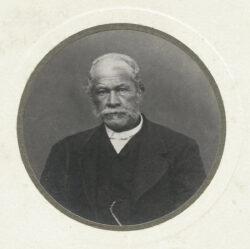Folklife
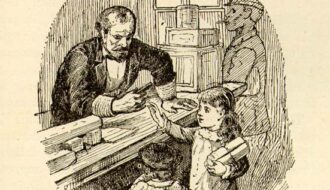
Lagniappe
"Lagniappe" is a vernacular word used in New Orleans to refer to a complimentary giveaway in a retail environment.

"Lagniappe" is a vernacular word used in New Orleans to refer to a complimentary giveaway in a retail environment.

A popular term in Louisiana usually tied to the gifting of something small—or a little something extra—with a purchase.
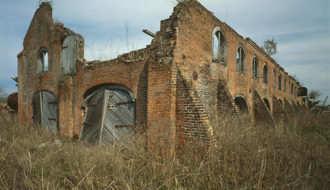
In the early twentieth century, Thibodaux's Laurel Valley Plantation was the largest sugar producer in the region and employed as many as 450 workers.
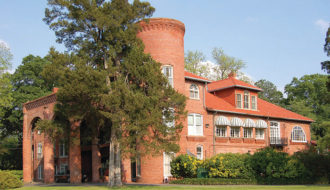
Layton Castle, a rambling, maze-like brick home built in 1814, is an architectural landmark in Monroe, Louisiana.
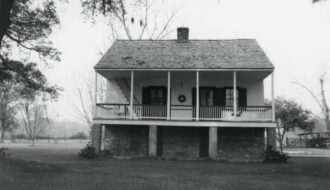
The LeBeau House plantation occupies one of the narrow lots typical of The Island, the area between the Mississippi and False rivers.
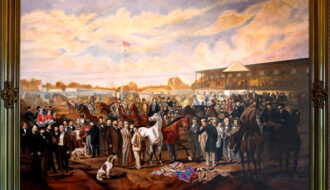
Legalized gambling has played an important cultural, political, and economic role in Louisiana's history from the colonial era to the present.
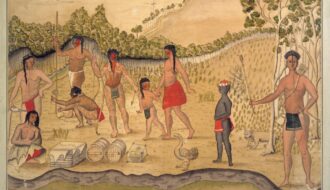
Approximately forty ethnically and politically distinct North American Indigenous polities located in the Gulf Coast region and lower Mississippi River valley made up les petites nations.
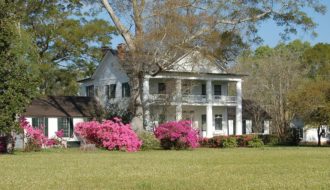
Albert G. Carter built Linwood Plantation in Louisiana from an inherited Spanish land grant.
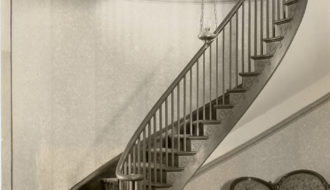
The plantation chapel at Live Oaks, built for the enslaved workers in 1840, is the last to survive in Louisiana.
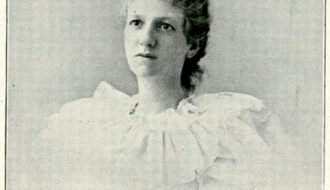
Local color fiction was a literature genre popular with American readers between 1870 and 1900.

After the Civil War the grief of defeated Confederate supporters became an instrument of defiance and an ideology that justified segregation and white supremacy.
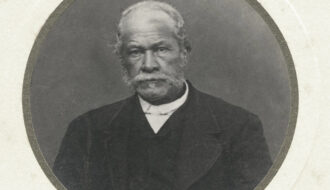
Founder of L’Union, the South’s first Black-owned newspaper, as well as the New Orleans Tribune, America’s first Black daily, Louis Charles Roudanez was a staunch abolitionist and advocate for the liberation of all Black people.
One-Year Subscription (4 issues) : $25.00
Two-Year Subscription (8 issues) : $40.00
